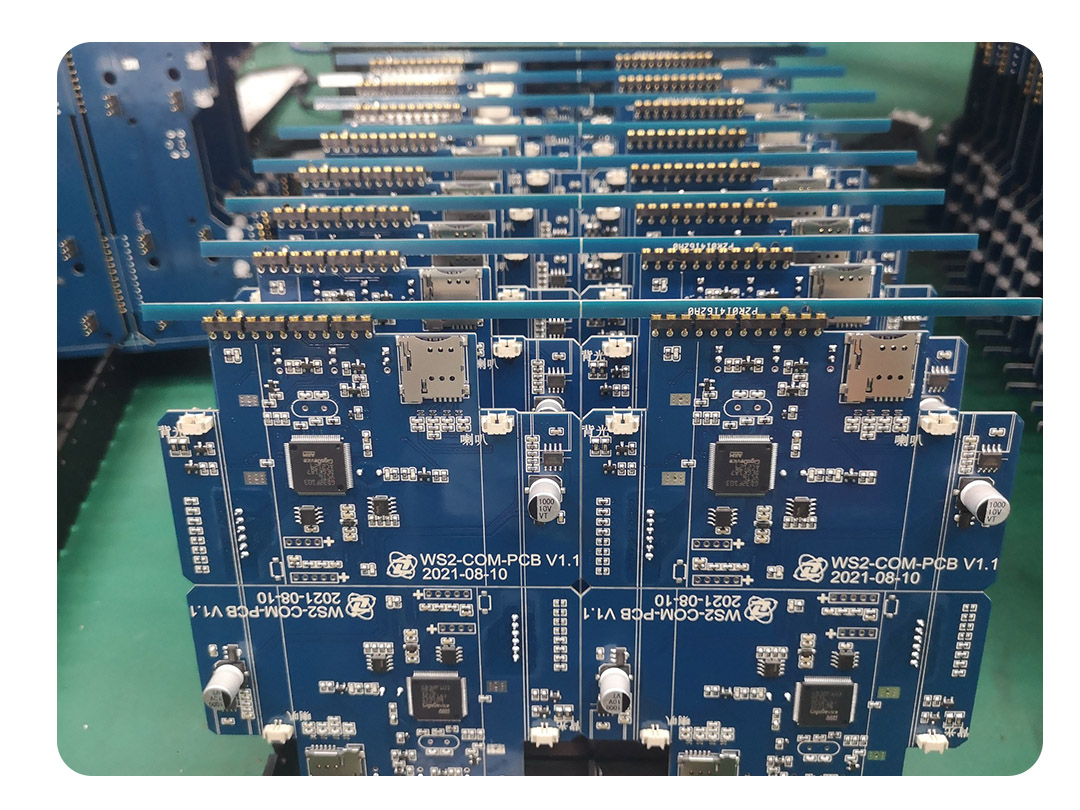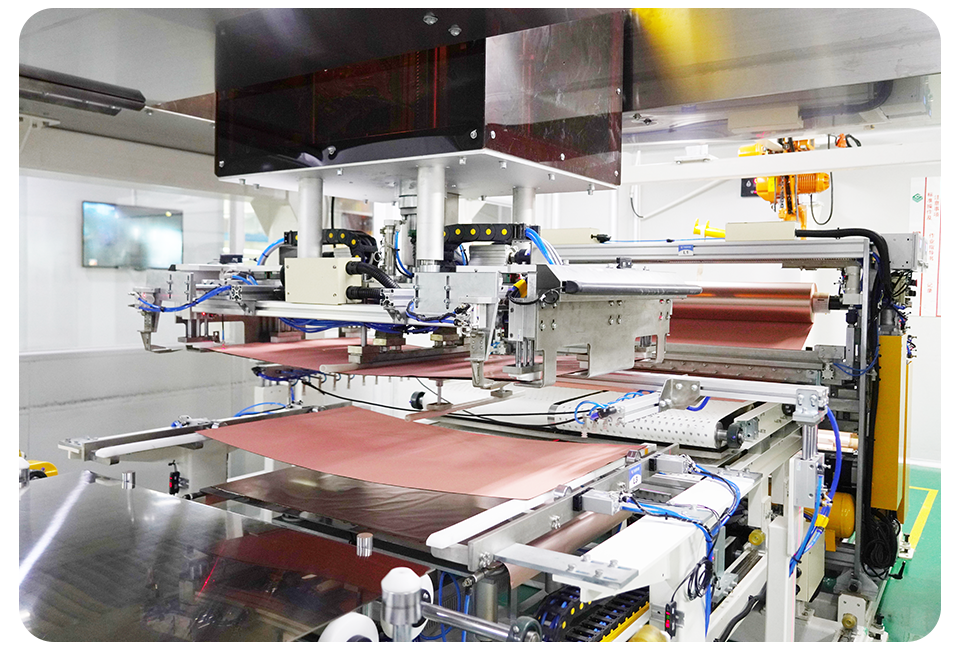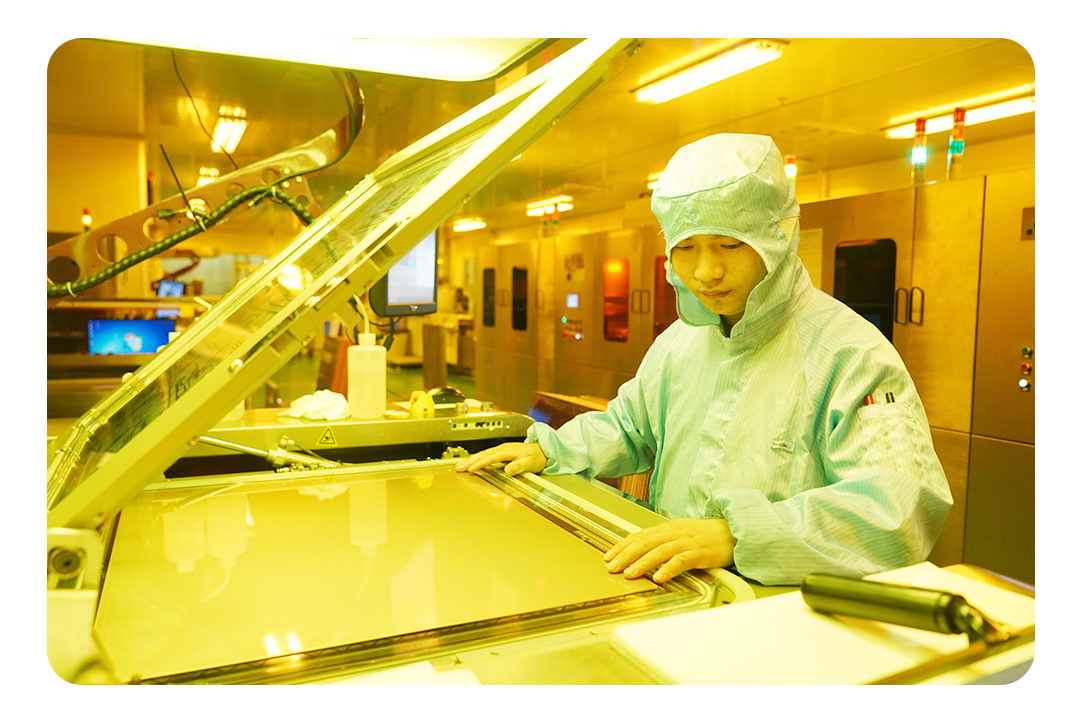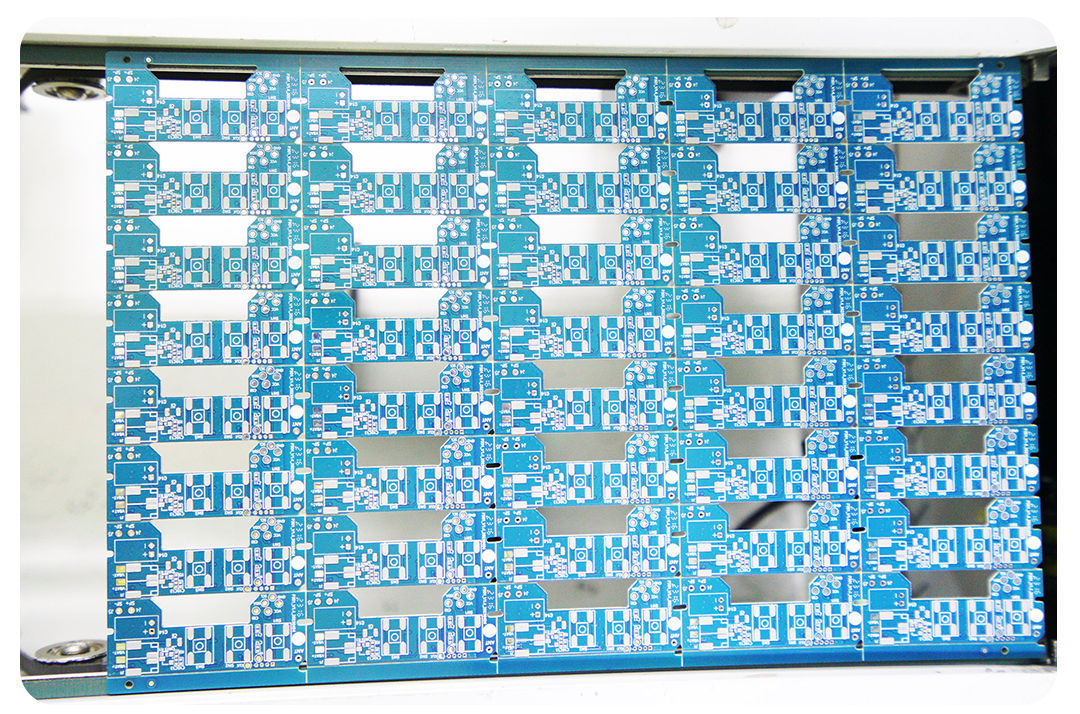
In general, silk screen printing ink not only leaves visual traces on the PCB but also ensures the correctness, maintainability and quality of the circuit board. It provides an indispensable tool for PCB manufacturing, making the design and production of electronic products more precise, efficient and feature-rich.

Silk Screen Ink for PCB Manufacturing - High-Quality Solutions
In the PCB (Printed Circuit Board, printed circuit board) manufacturing process, the screen printing ink is a material used to print logos, text, patterns and other information. In general, there are two main types of screen printing inks used in PCB manufacturing
This ink is based on an organic solvent. After printing, the solvent will evaporate and the ink will be cured. This ink has good adhesion and durability and is often used in applications that require high precision, high resolution and multiple colors. However, due to the environmental protection and health problems of volatile organic solvents, organic solvent-based screen printing inks have been gradually restricted and replaced in recent years.
This ink needs to be cured quickly by ultraviolet radiation after printing. UV curable screen printing ink does not need to use volatile organic solvents, so it is more environmentally friendly, and it is also more suitable for fine-detail printing processes. They are able to achieve high hardness and wear resistance in a short time. However, the use of UV-curable screen printing inks requires corresponding UV-curable equipment.
The choice of screen printing ink type depends on the specific PCB manufacturing needs, such as printing quality, durability, environmental protection and other factors. When choosing, you need to consider the performance of the ink, the cost and the feasibility of the manufacturing process.

Using Screen Printing Ink On PCB Requires Corresponding Equipment
Screen: Select the appropriate screen, the size and shape of the mesh should be determined according to the printing requirements.
Wire mesh frame: The wire mesh is usually fixed on the frame, and the frame should have sufficient strength and stability.
Coating sensitizer: Expose the sensitizer coated on the screen through photosensitization to form positive and negative templates of the pattern.
Washing and Curing: Wash the unexposed part with detergent, let it wash away, and then cure the pattern by drying, etc.
Computer-aided design: Use computer software to draw patterns, logos, etc. to be printed.
Output negative film: Output the designed pattern on the negative film to form positive and negative templates.
Exposure: Expose the negative and the screen coated with the sensitizer to cure the sensitizer in the exposed area.
Wash: The detergent washes away the sensitizer from the unexposed areas, forming the patterned mesh.
Inking: Applying printing ink to the screen so that the ink fills the mesh.
Debugging: Adjust the screen position, pressure and other parameters to ensure printing accuracy and quality.
Printing method: The screen is placed on the printed matter (such as PCB), and the ink is imprinted onto the surface of the object by a printing machine or by manual methods.
Screen cleaning: After printing, clean the screen in time to prevent the ink from drying and clogging the mesh.
Caring for your screen: Inspect and maintain your screen regularly to ensure that it has clear mesh and is not damaged.

Exposure Procedures in Screen Printing Inks for PCB Manufacturing
Screen printing inks are available from several sources:
There are many PCB suppliers who specialize in printing materials and equipment, and they may offer various types and colors of screen printing inks. You can find out about their products and services by doing an Internet search or contacting your local print material suppliers.
Some printing equipment manufacturers also provide printing-related consumables, including screen printing inks. When buying equipment, they may offer related ink options.
On major e-commerce platforms, you can find many sellers of screen printing inks. For example, platforms such as Amazon offer various types of printed material supplies.
Attending an exhibition in the printing, electronics manufacturing or PCB industries will give you the opportunity to interact with different screen printing ink suppliers and learn about their products, capabilities and services.
SCSPCBA is a reliable one-stop PCB assembly service solution provider for prototype quantity as well as small-batch to large-batch production. We also provide Screen printing ink.
A professional screen printing ink manufacturer with rich expertise and experience can provide advice on different ink types, applicable scenarios and printing processes.
The screen printing quality system is established in accordance with IS09001:2015, and SCSPCBA conducts regular internal audits to ensure the effective operation of the quality system. All employees participate in the quality system and continue to train and learn.
SCSPCBA will provide various types and colors of screen printing inks to meet different applications and needs.
SCSPCBA will provide customized screen printing ink solutions according to your specific needs to suit special application scenarios.

Printed Circuit Board Silk Screen Ink In The Process
Screen printing ink plays an important role in PCB (Printed Circuit Board, printed circuit board) manufacturing. It ensures the accurate position and direction of circuit components by printing logos, marks, positioning and other information on the surface of the circuit board, and improves product reliability and maintainability. Screen printing ink also gives PCB a beautiful appearance, enhancing product quality and market competitiveness. By printing safety signs, compliance marks, etc., it ensures that PCBs comply with relevant regulations and standards, and improves product compliance. In addition, screen printing inks can be used to print customized patterns and brand logos to meet the individual needs of different markets and customers. It can also realize special electronic functions and enrich the application fields of PCB. To sum up, screen printing ink plays multiple roles in PCB manufacturing, such as information transmission, aesthetic value-added, compliance and functional innovation, and plays a vital role in the design and manufacture of modern electronic products.
上一条:Unlocking Success: Mastering the PCB Exposure Technique
下一条:Capacitors Basic Guide: A Beginner's Manual for PCB Assembly Electronics Enthusiasts
